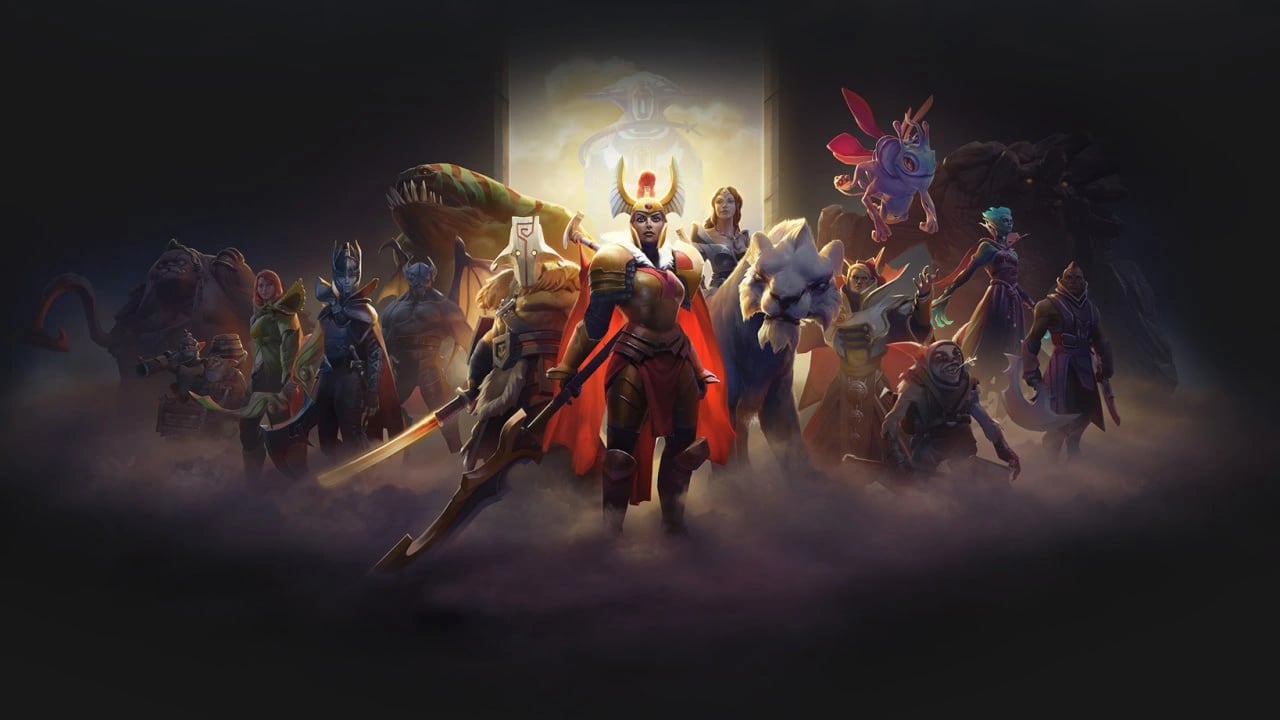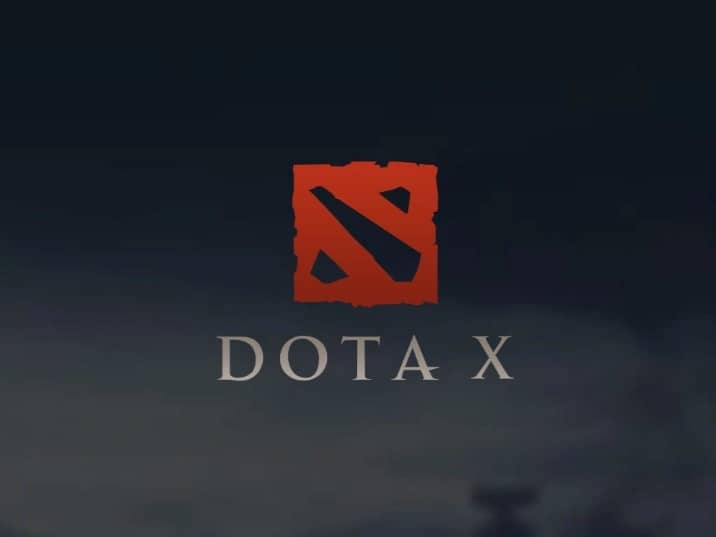订阅 wiki
Share wiki
Bookmark
Dota X
Dota X
Dota X is an AAA blockchain metaverse game that integrates classic MOBA gameplay with decentralized asset ownership and a digital ecosystem. It is being developed by a team under Valve Corporation's Dota X division in collaboration with Web3 developers. [1] [2]
Overview

Dota X is a blockchain-powered metaverse game that evolves the classic Dota universe by merging MOBA combat with decentralized asset ownership and a cross-dimensional digital ecosystem. Players explore and govern multiple fragmented “Star Realms,” controlling NFT heroes and assets that offer true ownership and tradability across chains. The game features a multi-token economy supporting governance, equipment upgrades, and in-game rewards, while integrating VR/AR social experiences and large-scale battles powered by a high-throughput modular blockchain. Developed in collaboration with Valve and Web3 teams, Dota X aims to create a self-sustaining digital civilization where players participate in battles, build virtual economies, and influence the evolving metaverse through DAO governance and asset appreciation.
Valve Corporation
Valve Corporation, founded in 1996 by Gabe Newell and Mike Harrington, is a private U.S. company known for developing, publishing, and distributing video games and digital content. Headquartered in Bellevue, Washington, Valve became a key player in gaming and virtual reality through partnerships with firms like Perfect World, HTC, AMD, and NVIDIA.
Its game catalog includes influential titles such as Half-Life, Counter-Strike, Dota 2, and Team Fortress. The company also released notable VR content like Half-Life: Alyx and developed hardware, including the Valve Index headset and the Steam Deck console.
Valve operates Steam, the world’s largest PC game distribution platform. With innovations in game engines (Source and Source 2) and continued expansion into the metaverse through VR/AR, Valve has maintained a strong presence in esports, hardware, and digital ecosystems.
Features
NFT Heroes and Assets
Within Dota X, heroes, skins, and equipment are represented as Non-Fungible Tokens (NFTs). This structure is intended to provide players with ownership of their digital assets, allowing for trading across compatible cross-chain marketplaces. Certain rare NFT heroes, such as "Genesis Zeus," possess unique skills and governance capabilities, enabling their holders to participate in Decentralized Autonomous Organization (DAO) voting processes related to allocating resources within starfields. [1][3]
Examples of heroes and their described abilities include:
- Drow Ranger: Shoots frost-imbued arrows to slow enemies.
- Phantom Lancer: Creates illusions for combat and evasion.
- Templar Assassin: Uses traps to slow enemies and a shield (Refraction) to nullify counterattacks.
- Axe: Taunts enemies to attack him and uses a spinning axe ability (Counter Helix) and an execution ability (Culling Blade).
- Chaos Knight: Summons replicas (phantasms) and can teleport to targets (Chaos Bolt).
- Juggernaut: Uses precise strikes and a spinning blade ability (Blade Fury).
- Doom: Can prevent a single enemy from using spells or receiving healing (Doom) and gains skills by consuming creatures (Devour).
- Elder Titan: Uses a spirit remnant (Astral Spirit) for damage and control, and a stomp ability (Echo Stomp).
- Oracle: Manipulates outcomes for allies and enemies using various abilities, including preventing death for a duration (False Promise).
- Zeus: Utilizes lightning-based attacks that can strike multiple enemies (Arc Lightning) and reveal hidden units (Lightning Bolt), with a global ultimate ability (Thundergod's Wrath). [3]
Play-to-Earn 2.0
Dota X incorporates a Play-to-Earn 2.0 model to reward players through various in-game activities. Winning teams in battles receive Void Stones (VOS), the amount of which is based on individual contribution. A match's Most Valuable Player (MVP) is intended to receive additional fragments related to starfield governance rights. Player guilds can occupy starfields, earning DOC tokens through resource extraction activities, such as mining "Mithril Veins." Guilds can generate revenue by developing and leasing virtual commercial real estate, such as NFT-themed arenas. Participation in the main metaverse storylines, the "Genesis Quest Chain," can lead to rewards including limited edition NFTs and DOC token airdrops upon completing objectives like "Sealing the Void Rift." [1] [4]
Cross-Dimensional Social
The game is designed to facilitate cross-dimensional social interaction and support user-generated content (UGC). Players are intended to have the ability to customize the rules within their starfields and host events like tournaments or art exhibitions. Revenue from such events, such as ticket sales, can be managed through smart contracts. The platform will support immersive social experiences using Virtual Reality (VR) and Augmented Reality (AR) technologies, compatible with devices like Meta Quest 3. NFT heroes are intended to be integrated across different metaverse platforms, potentially appearing in virtual events hosted in other environments like Decentraland. [1]
Four-Core Engine
Dota X utilizes a four-token economic framework to manage its in-game economy and ecosystem functions: [4]
- OG (OG Esports Token): A functional token on the Chiliz chain used for fan participation in team decisions and as a primary currency for in-game purchases.
- AGS (Aghanim's Shard): An in-game token used for forging weapons and settling rewards. It can be acquired using OG tokens.
- VOS (Void Stone): A utility asset earned through gameplay activities such as battles and resource gathering. It upgrades equipment, synthesizes NFTs, and covers transaction fees.
- DOC (Dota X Coin): A governance token with a fixed supply of 1 billion. It is used for Star Realm governance, minting rare NFTs, and cross-chain ecosystem functions. DOC is designed with a deflationary mechanism.
DOC Tokenomics
The DOC token has a total supply capped at 1 billion tokens. The planned distribution is as follows: [4]
- Mining Rewards: 50%
- Weapon Buyback: 30%
- Play-to-Earn: 10%
- Team Incentives: 8%
- Ecosystem Development: 2%
Funding
In April 2025, Dota X completed a strategic funding round that included investments from Valve and Chiliz Labs. The funding aimed to expand Dota X’s Web3 gaming ecosystem and advance its in-game payment system based on Chiliz Chain. This round marked Valve’s official entry into blockchain gaming, aligning Dota X’s technical infrastructure with Steam’s open development approach. With support from the gaming and blockchain sectors, the project reached a $1 billion valuation, establishing Dota X as a Web3 gaming unicorn. [2]
Partnerships
Dota X has established partnerships with several entities [4]:
- Mindra
- BTC City
- Dragon Farm
- UBEX
- Intoverse
- Pop Social
- SUMATI
- SoQuest
发现错误了吗?
